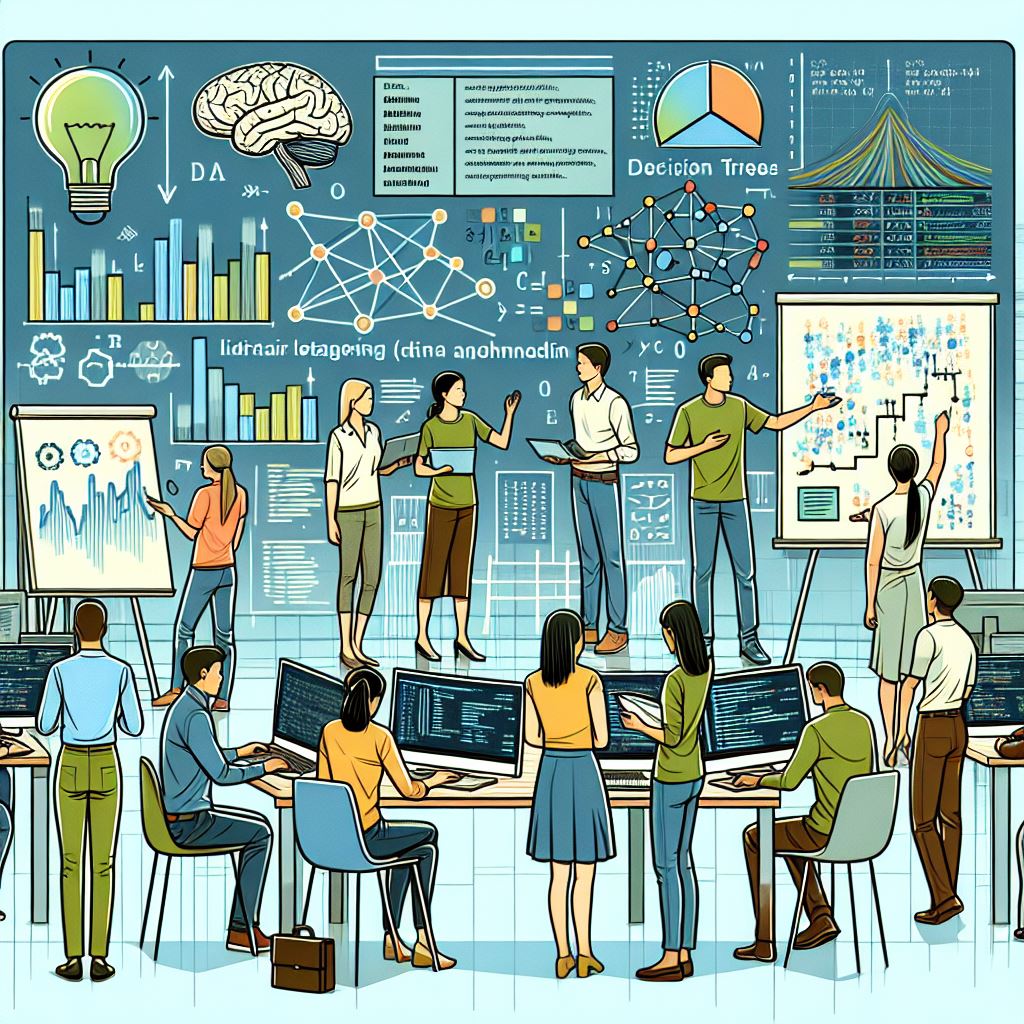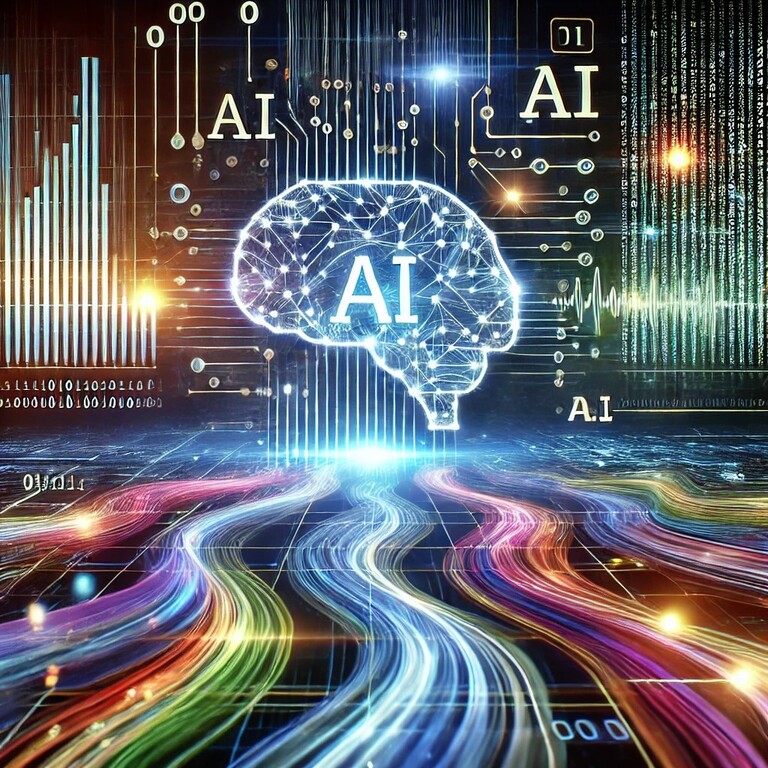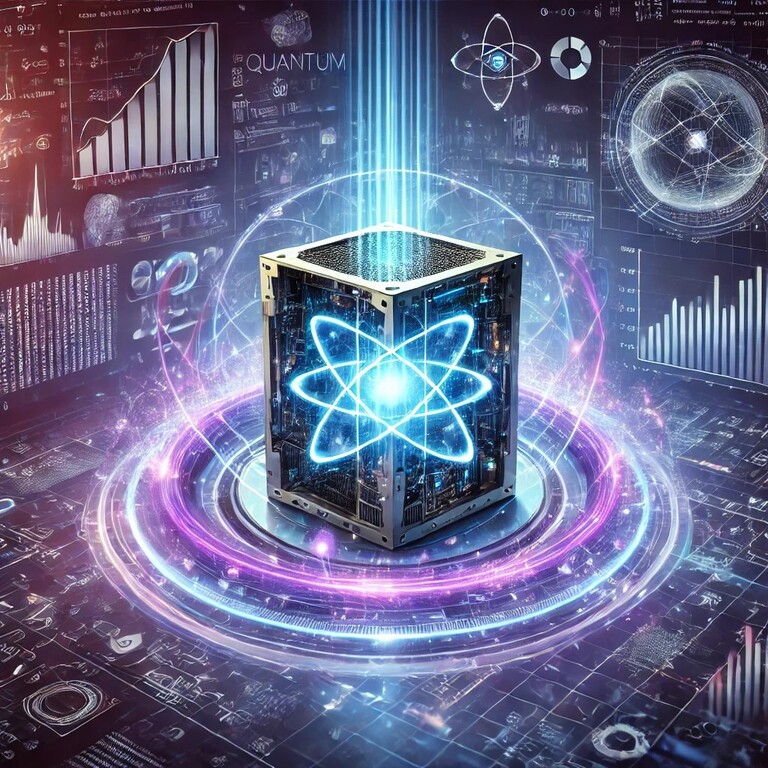Machine learning (ML) has revolutionised industries by enabling computers to learn from data and make decisions without direct human intervention. For instance, from self-driving cars to recommendation systems, the impact of ML is both transformative and widespread. However, behind these breakthroughs lies a variety of algorithms that power these intelligent systems. In this blog, we will delve into some of the most popular machine learning algorithms, explaining their key features, how they work, and where they are used.
What is Machine Learning?
Machine learning is a subset of artificial intelligence (AI) that enables systems to learn from data and improve over time. Unlike traditional programming, where tasks are explicitly coded, ML algorithms detect patterns in data and use these insights to make predictions or decisions.
To better understand ML, it is helpful to explore its three primary types of learning:
- Supervised Learning: The algorithm learns from labelled training data, making predictions based on known outcomes.
- Unsupervised Learning: The algorithm identifies patterns in unlabelled data, discovering relationships without predefined labels.
- Reinforcement Learning: The system learns through trial and error, receiving feedback in the form of rewards or penalties based on actions taken.
Popular Machine Learning Algorithms
1. Linear Regression
Linear regression is one of the simplest and most widely used algorithms in machine learning. It is primarily used for predicting numerical values based on input features.
How it Works:
Linear regression models the relationship between the dependent variable (the value to predict) and one or more independent variables (features). The algorithm assumes this relationship is linear, meaning it can be represented by a straight line.
Key Use Cases:
- Predicting house prices based on features like size, location, and number of rooms.
- Estimating sales revenue based on advertising spend.
2. Logistic Regression
Although its name suggests otherwise, logistic regression is a classification algorithm rather than a regression one. Specifically, it is used for binary classification tasks, where the output is a discrete value (e.g., yes/no, 0/1).
How it Works:
Logistic regression employs the sigmoid function to map predicted values to probabilities between 0 and 1. The model determines the probability that a given input belongs to a particular class.
Key Use Cases:
- Email spam detection (spam or not spam).
- Disease diagnosis (e.g., cancer or no cancer).
3. Decision Trees
Decision trees are a popular and interpretable machine learning technique used for both classification and regression tasks. Moreover, a decision tree splits the data into subsets based on the feature values, creating a tree-like structure of decisions.
How it Works:
At each node, a decision tree selects the feature that best splits the data into distinct classes or values. The process repeats until the data is divided adequately.
Key Use Cases:
- Predicting customer churn based on user behaviour.
- Loan approval decisions based on financial attributes.
4. Random Forest
A random forest is an ensemble method that builds multiple decision trees and combines their outputs. Consequently, it is one of the most accurate and robust machine learning algorithms.
How it Works:
Random forests generate several decision trees by bootstrapping (sampling with replacement) and using random subsets of features. Each tree votes on the final prediction, and the majority vote determines the output.
Key Use Cases:
- Fraud detection in banking.
- Classifying images in computer vision tasks.
5. Support Vector Machines (SVM)
Support Vector Machines (SVM) are powerful algorithms used for classification and regression tasks. Notably, they are particularly effective for high-dimensional data.
How it Works:
SVM works by finding the hyperplane (or decision boundary) that best separates the data points of different classes. It maximises the margin between the classes, ensuring that the decision boundary is as far as possible from any data point.
Key Use Cases:
- Handwritten digit recognition.
- Image classification and face detection.
6. K-Nearest Neighbours (KNN)
K-Nearest Neighbours (KNN) is a simple and intuitive algorithm used for both classification and regression. Unlike many other algorithms, it makes predictions based on the ‘K’ nearest data points.
How it Works:
When a new data point is introduced, KNN calculates the distance to all other data points and selects the K nearest neighbours. The majority class (for classification) or the average value (for regression) of these neighbours determines the output.
Key Use Cases:
- Recommendation systems (e.g., movie or product recommendations).
- Handwriting recognition.
7. Naive Bayes
Naive Bayes is a classification algorithm that applies Bayes’ Theorem, assuming strong (naive) independence between the features.
How it Works:
The algorithm calculates the posterior probability of each class based on the features of the data point. By assuming independence, it simplifies calculations and works efficiently even with small datasets.
Key Use Cases:
- Text classification, such as spam filtering and sentiment analysis.
- Medical diagnosis based on symptoms.
8. Neural Networks
Neural networks are inspired by the human brain and consist of layers of interconnected nodes, known as neurons. Because of their versatility, they are particularly effective for tasks like image recognition, speech processing, and natural language understanding.
How it Works:
Neural networks consist of an input layer, one or more hidden layers, and an output layer. Each node in the network processes the input data and passes the result to the next layer. During training, the network adjusts its weights to minimise prediction errors.
Key Use Cases:
- Image and voice recognition.
- Natural language processing, such as language translation and chatbots.
9. K-Means Clustering
K-Means is a widely used unsupervised learning algorithm for clustering tasks. Specifically, it divides a dataset into K distinct clusters based on feature similarity.
How it Works:
The algorithm begins by selecting K initial centroids and assigns each data point to the nearest centroid. It then recalculates the centroids and reassigns the points until convergence.
Key Use Cases:
- Customer segmentation in marketing.
- Image compression.
10. Gradient Boosting Machines (GBM)
Gradient Boosting is an ensemble method that builds decision trees sequentially, with each tree correcting the errors of the previous one. Therefore, it is renowned for its high predictive accuracy.
How it Works:
GBM constructs a series of weak learners (typically shallow decision trees) in a stepwise manner. Each new tree focuses on correcting the residual errors of the combined previous trees.
Key Use Cases:
- Predicting stock market prices.
- Credit scoring in finance.
Conclusion
Machine learning algorithms are the backbone of AI, allowing computers to make predictions, recognise patterns, and classify data based on their training. Given their diversity, each algorithm has its strengths and is suited for specific tasks. As a result, understanding their differences and use cases can help businesses and developers make informed choices about which algorithm to apply to their projects.
By incorporating machine learning into your workflows, you can unlock the potential of your data and drive better decision-making, innovation, and efficiency across various industries.
Ready to Dive Into Machine Learning?
If you’re eager to explore further, the next step is to dive into real-world applications. With countless resources available, this is the perfect time to begin implementing these powerful techniques in your projects.











